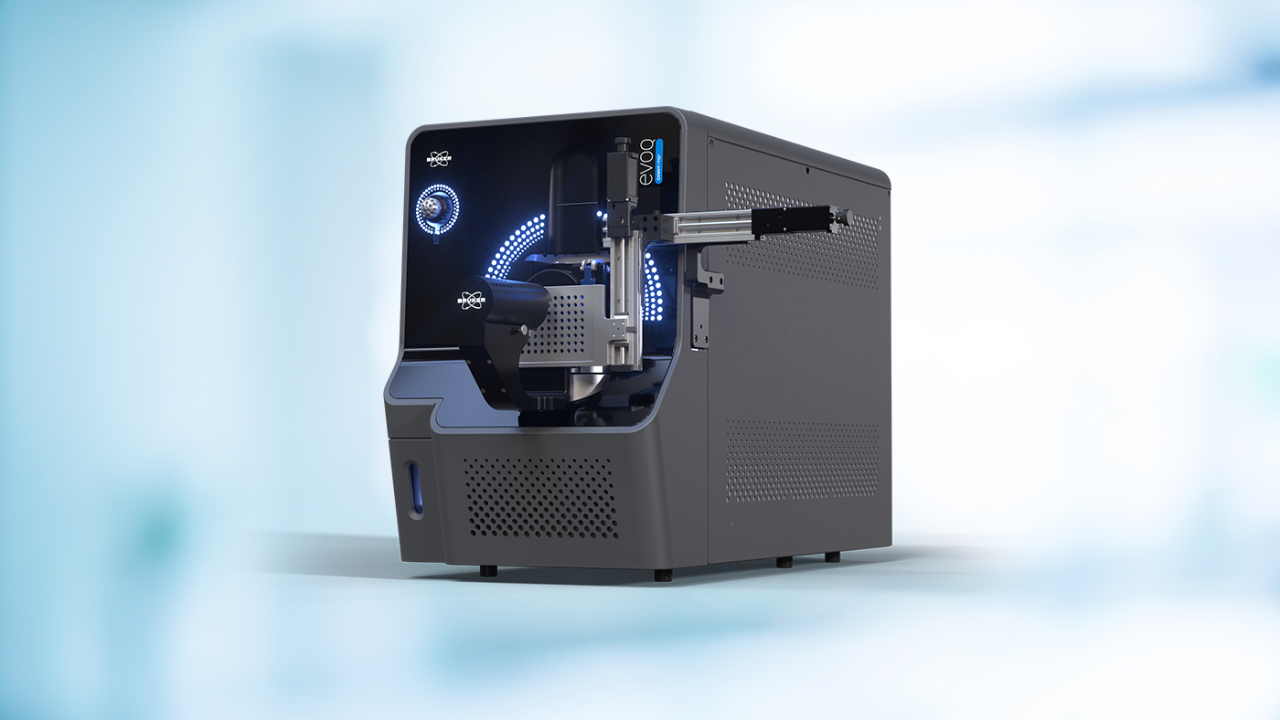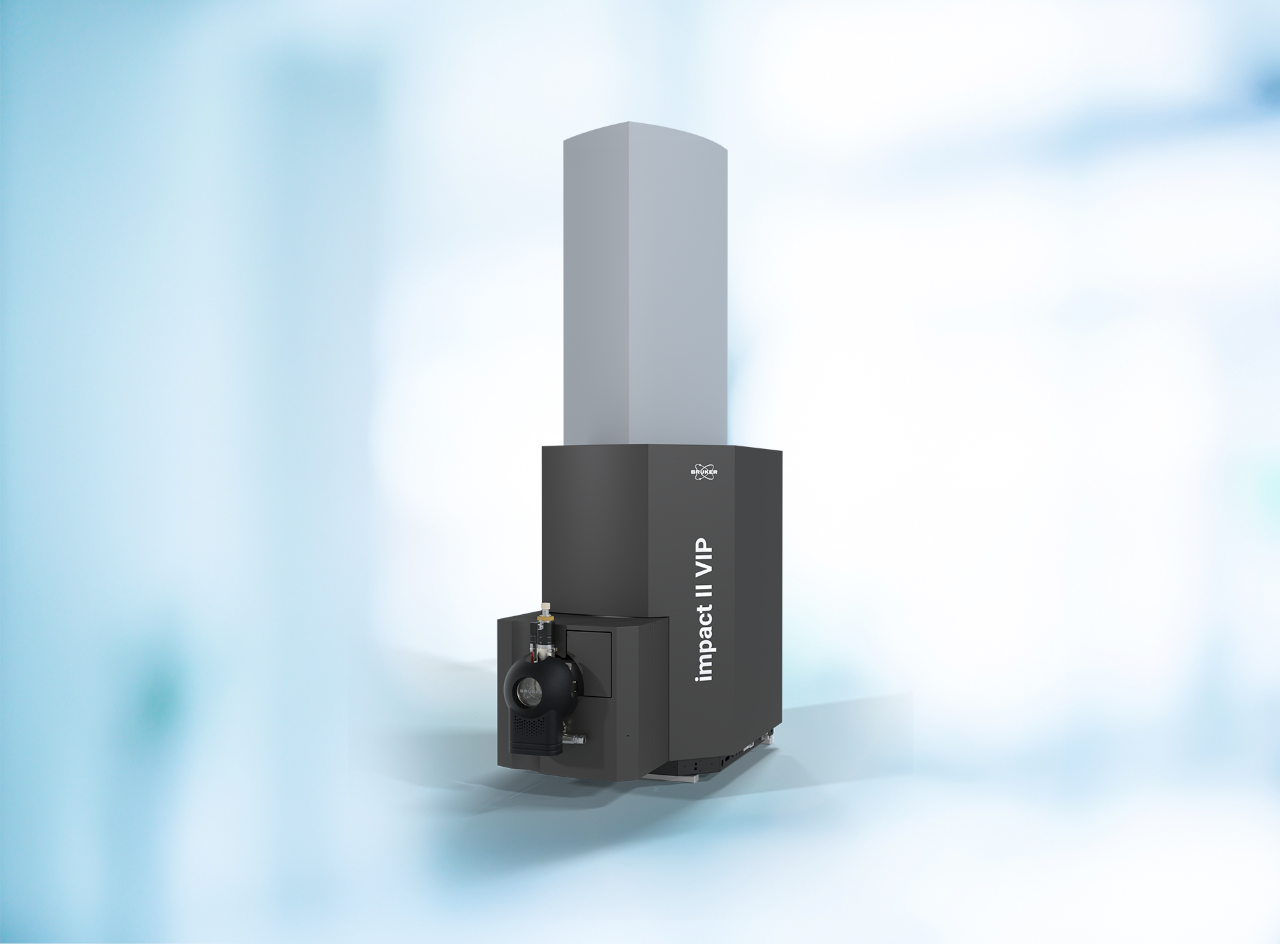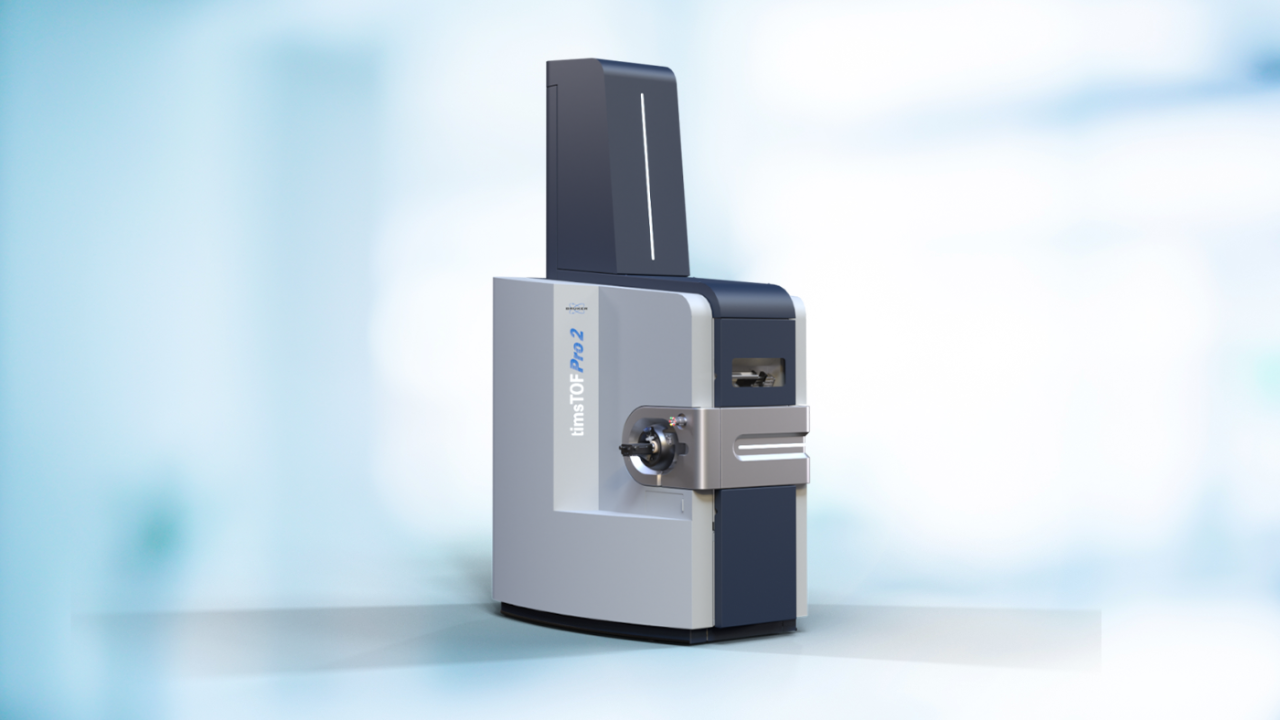

EPRW 2024
Welcome to EPRW 2024
We are thrilled to announce our participation in the 15th European Pesticide Residue Workshop (EPRW), which will be held in Zurich, Switzerland, from September 16th to 20th, 2024.
Discover our latest solutions for environmental analysis at the Bruker Booth No. 8:
- For Routine Testing Labs: EVOQ DART-TQ+: The EVOQ DART-TQ+ is designed for routine testing labs that require robust and reliable quantitation of persistent organic pollutants (POPs). This advanced triple quadrupole system offers high sensitivity and meets all global regulations, ensuring precise and consistent results for your environmental testing needs, including moving to chromatography-free workflows with DART.
- QTOF: Ultimate Screening with High Resolution: Experience unparalleled precision in mass spectrometry with our QTOF systems. Offering ultimate screening capabilities for both known and unknown compounds, our high-resolution technology paired with TargetScreener ensures comprehensive analysis and accurate results every time. Dive into the details of complex samples with confidence and ease.
- For Complex Analysis - timsTOF Pro 2: When it comes to the complex analysis of a wide range of compound classes and emerging POPs, the timsTOF Pro 2 is your go-to solution. This cutting-edge system combines trapped ion mobility spectrometry (TIMS) with high-resolution mass spectrometry, allowing for the screening, identification, and quantitation of thousands of compounds in a single analysis. Extend your visibility into emerging contaminants with unparalleled accuracy and sensitivity.
Visit our booth to explore the future of mass spectrometry, learn about our advanced methods for detecting and quantifying pesticide residues, and connect with our experts.
15th European Pesticide Residue Workshop
16 - 20 September 2024
Zürich, Switzerland
Technopark Zürich
Bruker Booth #8
Get ready for the EPRW and dive into Bruker’s exclusive document repository on environmental analysis
Access Bruker’s latest App Notes and Product Innovations presented at the EPRW conference. Whether you’re tackling routine screenings or complex matrix analyses, our robust and sensitive solutions are designed to meet global regulations and safeguard human health and the environment.
You can also follow us on LinkedIn for the latest updates and more information on our solutions.
Featured Instruments & Solutions
From routine screening to complex matrix analysis, our systems provide the robustness and sensitivity needed to meet global regulations and protect both human health and the environment.
Let’s work together to create a safer, cleaner world.
For Research Use Only. Not for use in clinical diagnostic procedures.


